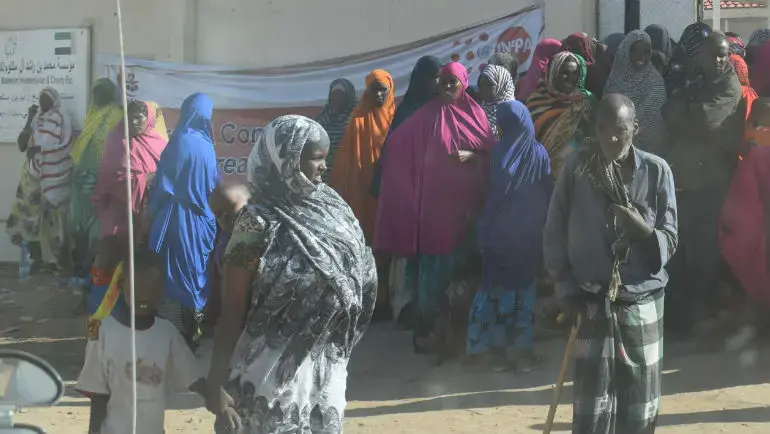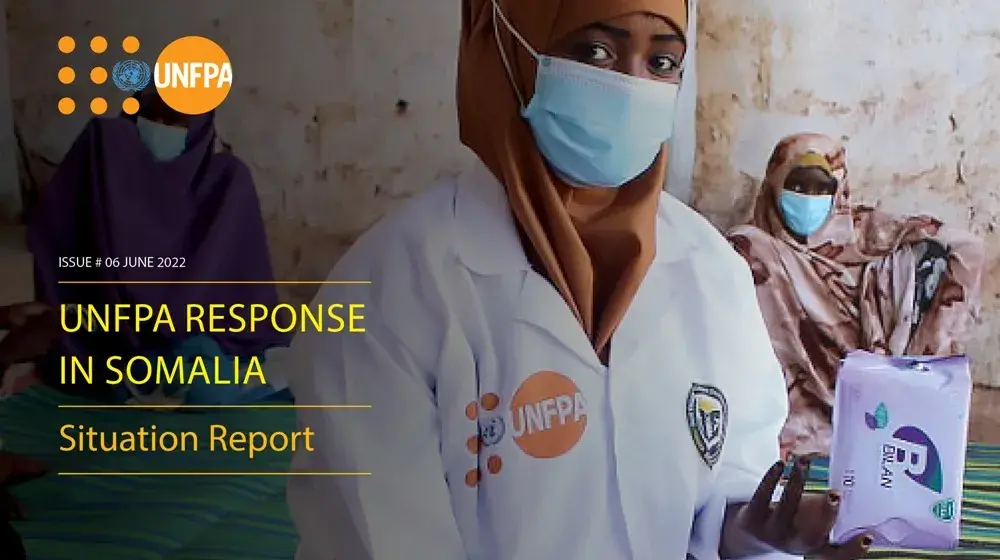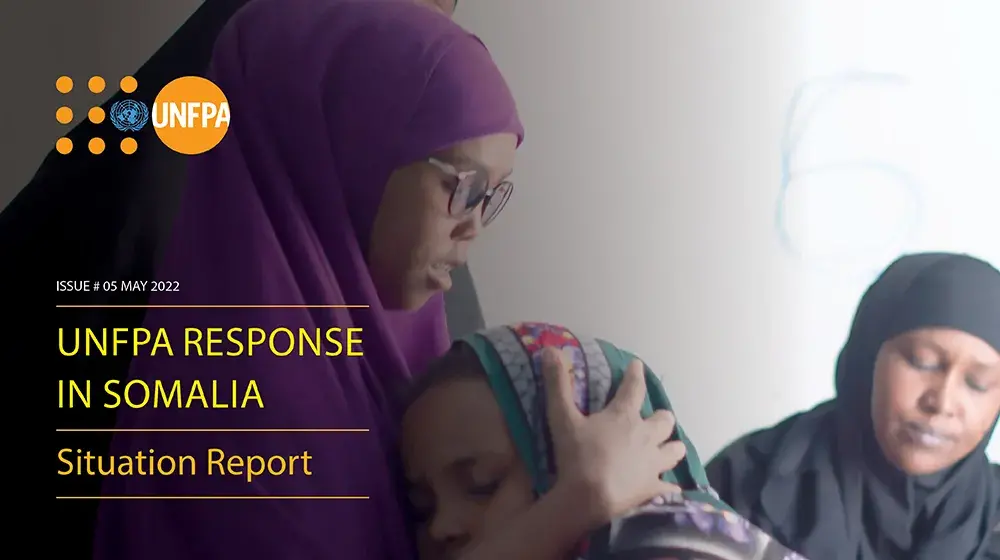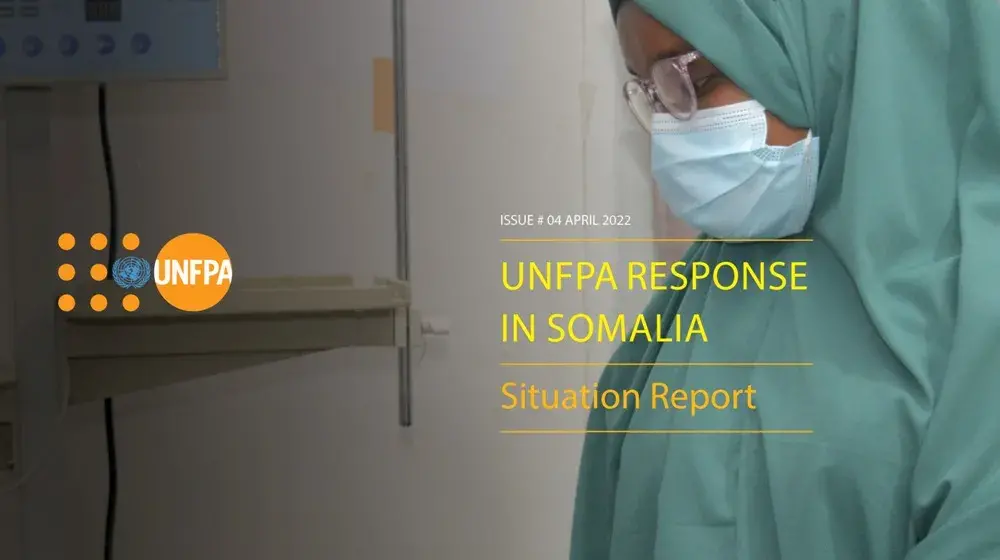The drought situation continues to worsen and famine still remains a possibility. An estimated 6.2 million people, over half of the population, remain in need of food assistance, out of which 2.9 million are in need of urgent support (IPC Phase 3 ‘Crisis’ and 4, ‘Emergency’), while 5.5 million are in need of health services and 4.5 million people are lacking Water, Sanitation and Hygiene (WASH) services.
The cumulative rainfall forecast for the week ending 2nd May 2017 shows moderate to heavy rains in most parts of the country, according to the Somalia Water and Land Information Management (SWALIM), a system managed by the Food and Agriculture Organization (FAO) managed. There is currently a 20 percent possibility of El Nino occurring towards the end of the year but this is projected to increase in the coming months.
Drought-related displacement continues across Somalia with most of the displaced people moving from rural to urban areas or other rural areas where they anticipate to receive aid. Up to 599,000 persons have been internally displaced due to drought as of 25th April this year, since November 2016. Baidoa, which is one of the hardest-hit by the drought, has 85 new displacement settlements set up in 2017 alone. During a recently conducted assessment of Baidoa by the cluster coordinators, the interviewed displaced persons indicated that food, water and shelter are of priority concern and that the main reason for leaving their homes for Baidoa was access to aid.





